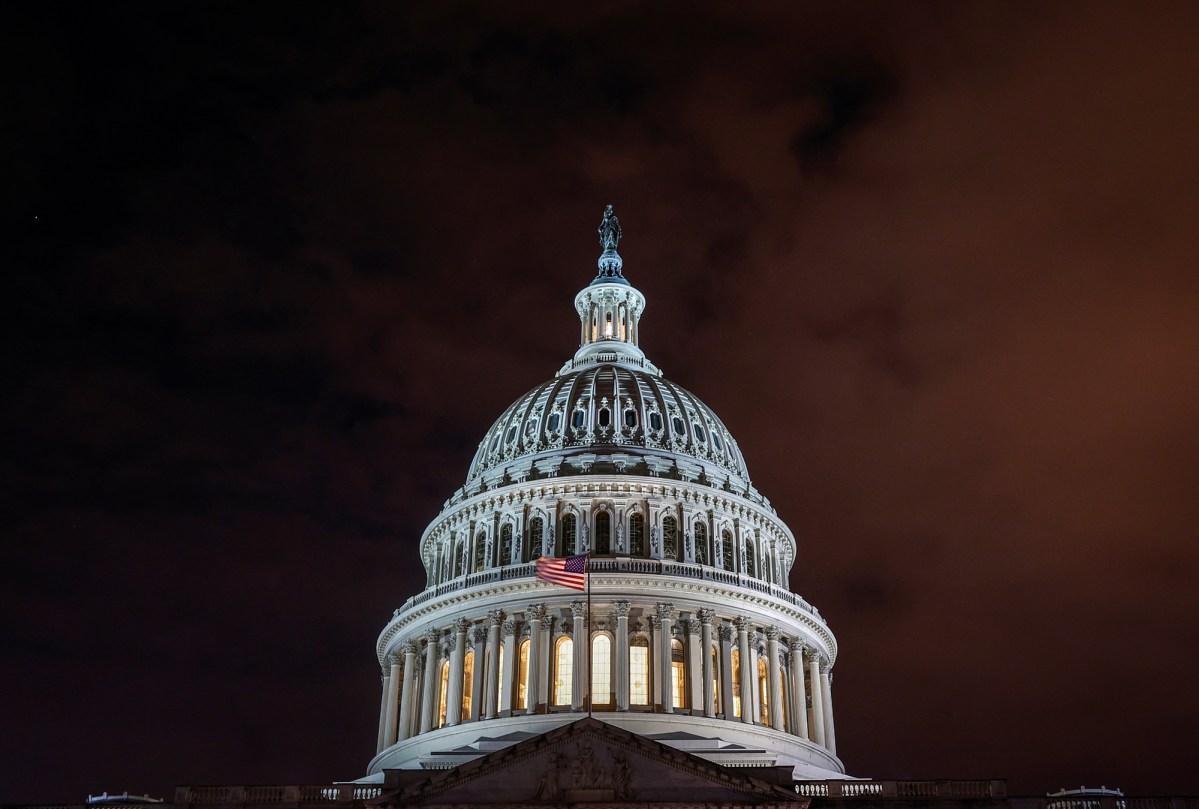On Monday, the Trump administration took steps to withhold a projected $6.8 billion in education funding nationwide, including at least $811 million from California. The funds were appropriated by Congress to support classroom technology, after-school programs, and teacher training, as well as to assist students from migrant families and those learning English.
Despite accounting for less than 1% of California’s overall education budget, the blocked monies have a significant cumulative impact. Additionally, they involve funds that are already accounted for in terms of planned activities and recruited staff. State education officials, including Superintendent of Public Instruction Tony Thurmond, stated Monday night that the issues are developing right now and that the interruption would be significant.
In a statement to The Times, Thurmond said, “There have been a lot of rumors about the Trump Administration cutting education funding, and now that they are true, it is worse than we imagined.” This fiscal year, Trump is unlawfully seizing billions of funds that Congress has approved to help students.
Students will be harmed by this unlawful activity from now on, Thurmond continued. It isn’t acceptable!
The frozen programs were specified by the administration according to their federal designation: For instance, Title III-A provides assistance to pupils studying English. Children of migrant workers benefit from Title I-C by overcoming their learning obstacles. All funding for both initiatives was withheld.
California
Following the Supreme Court’s ruling in favor of families who want to opt their children out of LGBTQ+ courses and themes, California officials must update state policy.
Concerned school systems started to hear about the government action Monday afternoon. Education authorities and supporters claim that the 84-word letter, which was sent via email by the federal Department of Education, lacked any amplification.
“The Department is reviewing the FY 2025 funding for the [Title I-C, II-A, III-A, IV-A, IV-B] grant program(s] due to the change in Administrations, and decisions regarding submissions and awards for this upcoming academic year have not yet been made,” the email started.
As a result, until that evaluation is finished, the Department will not be issuing Grant Award Notifications on July 1 that need funding for these projects.
The notification’s conclusion stated that the Department is still dedicated to making sure taxpayer funds are used in line with the President’s priorities and the Department’s legal obligations.
According to the Learning Policy Institute, the programs mentioned in the email account for over 10% of federal spending on K–12 education in 33 states.
Since all of the withheld monies come from programs the government wants to cut or eliminate, the targets of the freeze are not particularly surprising. And President Trump’s budget proposal for the upcoming federal fiscal year, which starts in October, lays out those specifics and the rationale behind them in detail.
California
According to the U.S. Department of Education, California’s decision to permit transgender children to participate in school sports in accordance with their gender identity constitutes a violation of students’ civil rights.
However, Congress-approved funding for the fiscal year that started in October 2024 are being frozen by the Trump administration. This money was supposed to arrive in states on Tuesday and be used as part of the budget for the school district fiscal year, which starts on Tuesday, owing to the alignment of federal, state, and local budgets.
Many of these projects are long-standing initiatives, and school districts have typically already hired personnel anticipated to carry them out in anticipation of receiving these funds granted by Congress.
Late Monday, the Department of Education declined to comment, directing questions to the Office of Management and Budget. There was no instant response from that office either.
However, the administration’s budget proposal, which on Monday edged closer to legislative approval, had made clear why these efforts should be discontinued.
“The Budget proposes to eliminate the misnamed English Language Acquisition program, which actually de-emphasizes English primacy by funding [nongovernmental organizations] and States to encourage bilingualism,” the administration said, in an effort to stop Washington’s overreach and restore the proper role of State oversight in education. In order to improve outcomes for all kids, states and communities must work together rather than separate classes utilizing evidence-based literacy instruction tools, given the historically poor reading scores for all students.
California
An $18.8 billion budget that does not reduce student services and delays layoffs for a year was approved by the L.A. school board. However, things can look very different in the years to come.
Supporters of English language learners disagree with many of the administration’s other claims, such as the idea that initiatives to aid children in learning English are controversial, but they do favor evidence-based literacy education.
According to Martha Hernandez, executive director of Californians Together, a network of organizations that support English learners, “We want our students to become proficient in English so that they can access their education in English.” Additionally, most English-learning environments are English-only. These donations support students’ English language learning.
According to Hernandez, around 1.1 million people in California are among the 5 million English language learners who speak 100 different languages nationwide.
Budget documents justify the cut to migrant education by arguing that it eliminates initiatives that negatively impact children’s academic performance by promoting movement rather than stability and consistency in one place. These programs promote ineligible non-citizens to access [services], depriving American kids of resources, have not been demonstrated to be beneficial, and are very expensive.
It is acceptable to question the efficacy of the migrant program, but it is challenging to reconcile the claim that it promotes instability with the actual situation on the ground.
In order to give these students and their families stability and academic consistency, the Los Angeles Unified School District uses this cash for academic support.
In Nebraska, the program explains that it offers educational services to migrant children in an effort to lessen the challenges brought on by frequent transfers between school districts.
In order to prepare children for kindergarten, the endeavor involves encouraging a love of learning, addressing educational gaps at home, and assisting families in locating reasonably priced preschool alternatives for children ages three to five.
Particularly in blue states and metropolitan regions, the funding block has turned into yet another point of contention between the Trump administration and local educators. But, if it continues, this financial cutback would also disproportionately affect red states and rural areas.
It is highly likely that Trump’s power to withhold these money will be contested in court. It is uncertain if it will withstand congressional scrutiny.
Although the president may request authorization from Congress to withhold cash, federal law forbids the executive branch from refusing to deliver funds that have been appropriated by Congress. Following such a request, Congress has forty-five days to authorize the president’s action. If not, the funds must be used for their original purpose.










